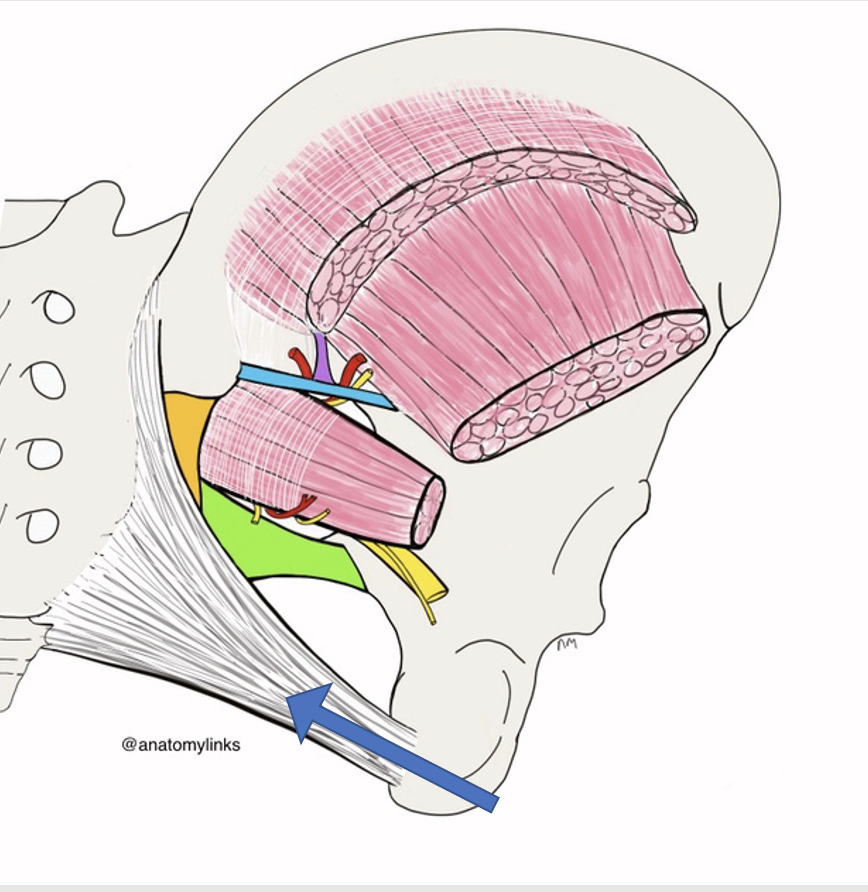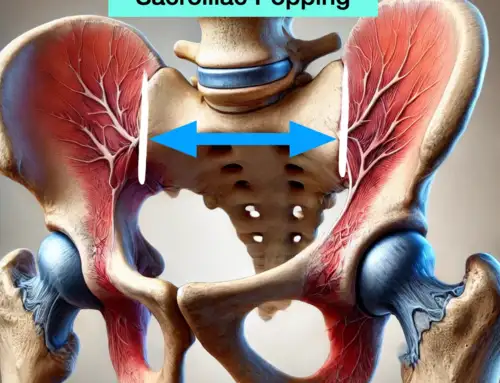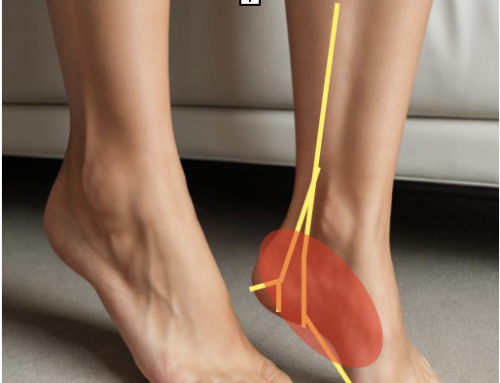Sacrotuberous Ligament: STL Anatomy, Function, Pain, and Treatment
The Sacrotuberous Ligament (STL) is a broad, dense, ligamentous solid band connecting the pelvic joints to the spine. The Sacrotuberous ligament is an important stabilizer of the sacroiliac joint, the spine, and pelvic girdle.

Anatomy
The Sacrotuberous is a fan-like ligament originating from the sacrum, coccyx, Sacroiliac joint capsule. These ligaments converge into a central band that travels caudally to attach to the ischial tuberosity.
The sacrotuberous ligament forms the bounders for the pelvic greater and lesser sciatic foramen.
Several muscles and ligaments blend into the ligament, including:
- Gluteus Maximus muscle
- Biceps Femoris muscle near the pelvic attachment
- Sacrospinous ligament
- Dorsal sacroiliac ligament
The sacrotuberous ligament can entrap the pudendal nerve as it passes beneath the ligament.
Function

The sacrotuberous ligament and the sacrospinous ligament together are responsible for the passive stability of the sacroiliac joint and force transfer between the spine, pelvic bowl, and hamstrings.
Passive stability roles include:
- Preventing forward motion of the sacrum (nutation) during compression during sporting activities
- The sacrotuberous ligament, sacrospinous ligament, and dorsal sacroiliac ligament together prevent the sacrum from twisting along with the pelvic rotation and prevent excessive side-bending.
Functional stability between sacroiliac joint, spine, and hamstrings
- Connects the lumbar erectors to the semimembranosus and semitendinosus muscles for maintaining an upright posture.
- The Sacrotuberous ligament connects the thoracolumbar fascia, latissimus dorsi, and the biceps femoris, essential to cross body force transfer during running.
Clinical Pearls and Considerations
The sacrotuberous ligament is one of the most vital ligaments of the sacroiliac joint. It has critical functional links between the spine, pelvic girdle, and lower extremity muscle, such as gluteus maximus and hamstring muscles.
Anterior pelvic tilt puts a constant strain on the sacrotuberous ligament and sacrospinous ligament, leading to the following painful conditions.
- Pudendal nerve entrapment syndrome- Sacrotuberous ligament thickening or strain can cause compression of the pudendal nerve leading to pelvic pain and leg pain.
- Hamstring muscle strain- The sacroiliac joint is in a chronic anterior pelvic tilt, then the hamstring muscles are in a lengthening position and can experience tears and strains
- Hamstring Tendonitis– Micro tearing and inflammation of the hamstring tendon as it blends into the sacrotuberous ligament.
Treatment
Tension reduction of the ligament by correcting the anterior pelvic tilt creates excessive strain on the posterior pelvic ligaments, tendons, and musculature.
Including:
- Deadbug exercise
- Pelvic leveling exercises
- Gluteal Bridges
Manual Methods
- Sacrotuberous Ligament Release
Our editorial practices include evidence-based practices, interventions, and recommendations.
GET IN TOUCH WITH DR. DEAN
YOU should be able to move the way you’d like to move without experiencing pain. YOU should be able to experience freedom and energy knowing there’s nothing holding back from giving your life 110%. Dr. Dean would like to learn more about your challenges with a quick phone or email before beginning treatment. Contact him today.





